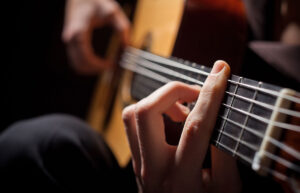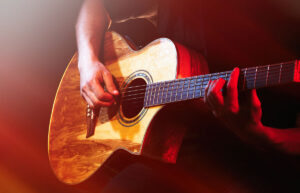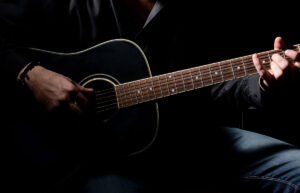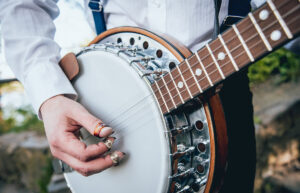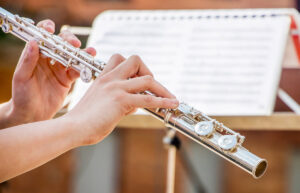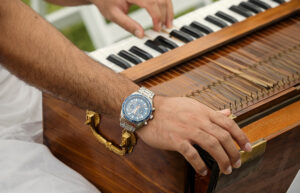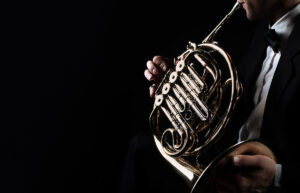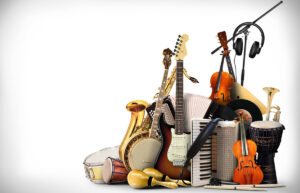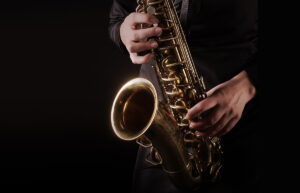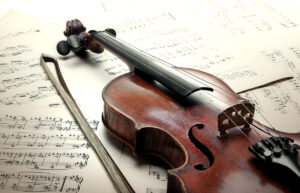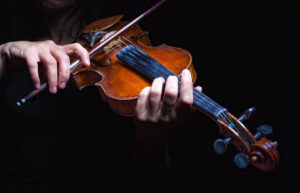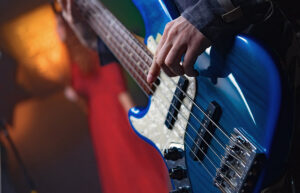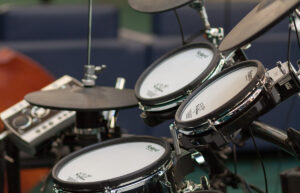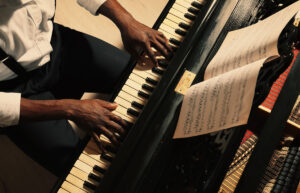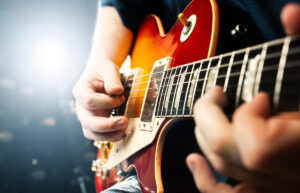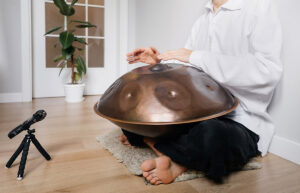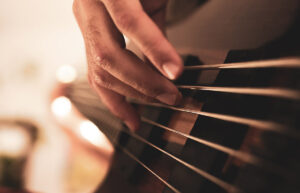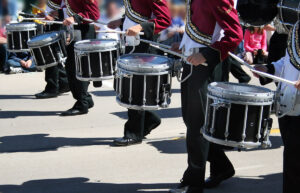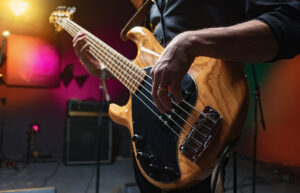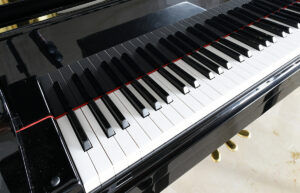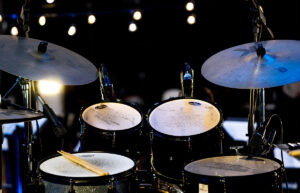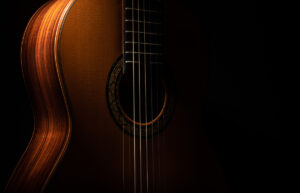How To Play Cello: Tips for Beginners

Eager about how to play cello? Playing the cello is a captivating art form, and as a beginner, it’s crucial to grasp every detail, from holding the instrument to producing melodious tunes. However, with dedication and regular practice, you can unlock the beauty of cello music.
Are you passionate about the cello and eager to learn it? Now is the perfect time to start. In this comprehensive guide, we’ll delve into the world of the cello, exploring its parts, proper holding techniques, and both basic and advanced playing methods. Let’s embark on this musical journey!
Welcome to TheDemoStop, now join the community!
Connect with artists, fans and producers around the world.
What Is Cello?
The cello, resembling a large violin, is a four-stringed instrument tuned in perfect fifths: C2, G2, D3, and A3. Played with a bow while seated and holding it upright, the cello produces a soulful and melodious sound. Among Western string instruments, it is the second largest and has the lowest pitch.
How To Play Cello?
1: Get a Cello
On the journey of learning to play the cello, it is essential to have a suitable instrument, be well-informed about it, and choose the appropriate quality and size according to your age and needs.
Unlike the violin, the cello comes in various sizes to suit different individuals, ensuring comfort and playability. Due to its larger size, selecting the right instrument is crucial for comfort and playability.
Each cello possesses a unique sound, so finding one that resonates with you is key. Being well-informed about the instrument and its quality will help you make an inspired choice, setting the stage for a rewarding musical experience.
2: Learn the Basics of Posture
To learn how to play cello, it is essential to know the basic posture of the hand to avoid getting injured. Following the below tips will help you understand the basics of posture.
- Sit on the chair with your back straight and feet flat on the floor, and turn towards the cello.
- Adjust the height of the chair according to the angle of the cello.
- Position your left-hand thumb behind the neck of the cello and round your fingers over the strings.
- Keep your wrist straight and your hand perpendicular to the neck, with your left arm and elbow below the cello body.
- When gripping the bow, maintain a gap between your right-hand thumb and fingertips.
- Place your elbow parallel to the cello body and relax your shoulder.
- Keep your head up to reduce the tension, and play comfortably.
3: Understand the Parts of the Cello
The cello is beautifully designed and crafted, with its interior and set of components made to produce sound waves and enhance aesthetics. The cello is categorized into three parts: Body, neck, and pegbox.
Body
The body of the cello comprises spruce for the top, while the back and ribs are made of maple. These different materials are used to carve the cello into a beautiful shape. The body further consists of various parts:
- F-Holes: The F-holes are F-shaped cuts in the cello’s soundbox that allow sound to project freely. They enhance the quality and resonance of the instrument, acting like small amplifiers that increase the cello’s tone and volume.
- Endpin Pole: The cello is quite heavy, making it difficult to hold by the neck while playing. To provide support, a metal rod called the endpin is attached to the bottom of the cello. This endpin allows the cello to stand upright and be played comfortably. Its height can be adjusted using the endpin screw for optimal positioning.
- Saddle: The saddle is a piece of dark ebony wood at the tailpiece’s bottom end, positioned in front of the endpin. It distributes the tension of the strings across various parts of the cello’s body. The strings attach to the tailpiece before reaching the endpin, help to distribute tension evenly and contribute to the stability and resonance of the cello.
- Bridge: The bridge is a crucial component of the cello. It is a small, curved wooden piece that supports the tension of the strings. Positioned between the F-holes, it stands upright and transfers the strings’ tension from the neck to the tailpiece. Located at the top of the instrument’s belly, the bridge is essential for producing quality sound.
- Tail gut: The tailgut is made of nylon or metal and connects the tailpiece to the endpin collar.
Welcome to TheDemoStop, now join the community!
Connect with artists, fans and producers around the world.
Neck
The neck is the top part of the cello and is made of maple, a type of wood. It supports the fingerboard, pegbox, and scroll. The neck provides a surface for the fingers to grip while playing and a place for the thumb to rest while pressing the strings.
- Strings: The strings of the cello run from the top of the instrument’s body to the tailpiece at the bottom. There are four strings, each tuned a perfect fifth apart to the notes C, G, D, and A. When played, these strings produce the cello’s distinctive sound.
- Nut: The nut is a small strip of wood fixed at the top of the fingerboard. The strings resting on the nut help to produce a clear, quality sound when played. It features four small slots to keep the cello strings securely in place.
Pegbox
The pegbox is at the top of the neck of the cello. It is a hollowed part of a wood between the neck and the scroll of the cello. Typically, it has four tuning pegs, two on both sides. The pegbox includes:
- Tuning Pegs: Cello tuning pegs are cylindrical and made of wood. Each string is wrapped around a tuning peg, which adjusts the tension and produces quality sound. Twisting the pegs increases tension for higher notes and decreases tension for lower notes.
- Scroll: The scroll, located above the pegbox, forms the top part of the cello. This decorative, curvy piece of wood adds aesthetic appeal to the instrument. While it doesn’t directly affect the sound, the scroll enhances the cello’s elegant appearance.
4: Learn to Tune the Cello
To learn how to play cello, there are various steps and methods to tune it:
- Know the strings: The cello has four strings, tuned to A, D, G, and C, from highest to lowest pitch.
- Start with the A string: Begin by tuning the A string first. Pluck the A string to check its pitch, and adjust it if it’s too high or too low.
- Tune the D string: After the A string, move on to the D string. Play both the A and D strings together, adjusting the tuning pegs of the D string until it resonates the pitch of the A string.
- Tune the C string: Next, tune the C string using the A string (as a reference). Adjust the C string until it perfectly aligns the pitch of the A string, ensuring all strings are in tune relative to each other.
- Tune the G string: Finally, tune the G string using the C string as a reference. Adjust the G string until it matches the pitch of the C string, completing the tuning process.
5: Master Basic Techniques
To master the basic techniques while playing cello, keep these points in mind:
To master basic cello techniques, focus on these key points:
- Positioning and scales: Start by placing your fingers in the first position for scales, improving your understanding of note relationships, intonation, and finger strength.
- Vibrato: Develop vibrato to enhance warmth and richness in your playing. Adjust the fluctuation in pitch to suit different musical expressions and effects.
- Bowing techniques: Master essential bowing techniques for expressive playing:
- Legato: Play smooth, connected notes for lyrical passages.
- Staccato: Achieve short, detached notes for rhythmic emphasis.
- Spiccato: Practice controlled bouncing of the bow to create lively and articulated passages.
6: Learn Left-Hand Technique
To learn how to play cello, you must know the left-hand technique and finger positions on the cello fingerboard.
- Understand fingering numbering systems: In cello music, fingering numbering systems combine numbers (1-4) and letters (a, b, c, d) to indicate specific positions:
- Numbers (1-4) represent which finger to use:
- 1 = index finger
- 2 = middle finger
- 3 = ring finger
- 4 = pinky finger
- Letters (a, b, c, d) denote which string to play:
- a = C string (lowest pitch)
- b = G string
- c = D string
- d = A string (highest pitch)
- Numbers (1-4) represent which finger to use:
- Fingers placement: Adjust your hand position and thumb placement to facilitate smooth movement across all strings. Keep your fingers close to the strings to enhance tone quality and maintain control.
- Finger patterns:
- Major scales: Use the 2nd finger as the starting point in the pattern (W-W-H-W-W-W-H) for both ascending and descending scales.
- Minor scales: Begin ascending with the 1st finger and descending with the 4th finger (W-H-W-W-H-W-W).
- Double stops and chords: When playing multiple notes simultaneously (double stops or chords), carefully plan your finger placement to avoid overcrowding. Use both vertical and horizontal chord fingering techniques to achieve a full and resonant tone.
Welcome to TheDemoStop, now join the community!
Connect with artists, fans and producers around the world.
7: Start With Simple Songs
To learn how to play cello, along with proper posture and techniques, you must initially start by playing simple songs suitable for learners and beginners. There are many such songs for the cello, including:
- “Twinkle, Twinkle, Little Star”: “Twinkle, Twinkle, Little Star” is a classical children’s song that is simple to tune and learn, played on strings in three different keys: C, G, and D. This song is a good way to practice basic finger placement.
- Ode to Joy (Ludwig van Beethoven): You can also start with Ode to Joy. It is a well-known song that is taught to cello beginners.
- Canon in D (Johann Pachelbel): “Canon in D” is a masterpiece classical song that is easy for beginners to practice on the cello, featuring a series of eight tones repeated in different variations. It is a great way to practice technique, bowing, timing, and vibrato.
8: Practice Regularly
To become a pro in cello playing, you should practice regularly to improve basic finger and bowing techniques. Here are some tips to enhance your practice routine:
- Make your own personal space to practice that is free from disturbances and clutter. Ensure the rooms have proper facilities for playing the cello.
- Tune your cello at home after practicing in class, and seek guidance if needed.
- Warm up your fingers, arms, and wrists at the beginning of playing cello to improve your flexibility.
FAQs
How to play the cello basics?
To play the cello, you need to understand its basics. It involves mastering several techniques and concepts:
- Get a Cello
- Learn the basics of posture
- Understand the parts of the cello
- Learn to tune the cello
- Learn Left-hand technique
- Start with simple songs
- Practice regularly
Is cello easy to learn for beginners?
Being one of the hardest instruments to play, cello is not easy to learn for beginners. However, it can also be exciting and rewarding. It requires proper dedication, practice, guidance, and focus.
How long does it take to learn cello?
For beginners, mastering the cello requires consistent practice and can take about 2 to 5 years, depending on various factors.
Is the cello heavy to carry?
The weight of the cello can be a bit bulky, depending on the materials used in its construction. A standard cello typically weighs around 20 to 25 lbs. Additionally, if it’s in a hard case, it can add another 15 lbs.
What do cello lessons cost?
The cost of cello lessons varies depending on the number of sessions and the length of each session. On average, cello lessons can range from $30 to $85 per session or $45 to $85 per hour.




